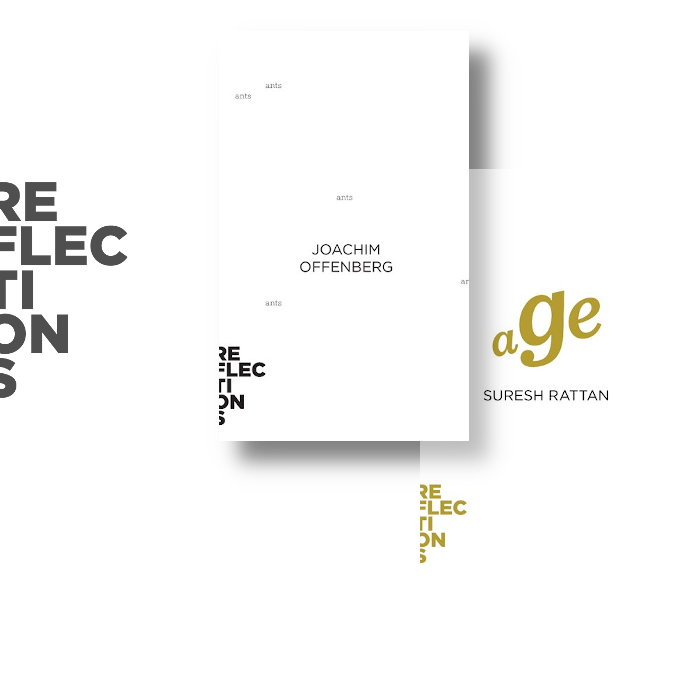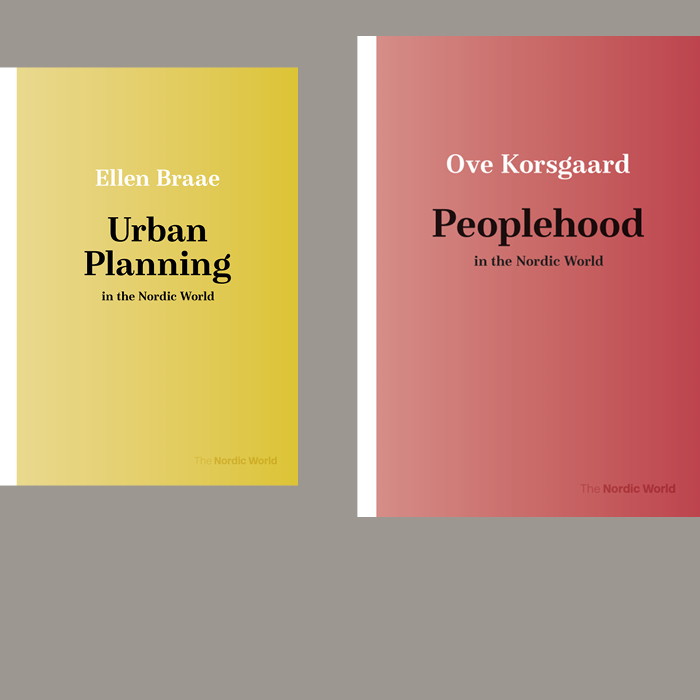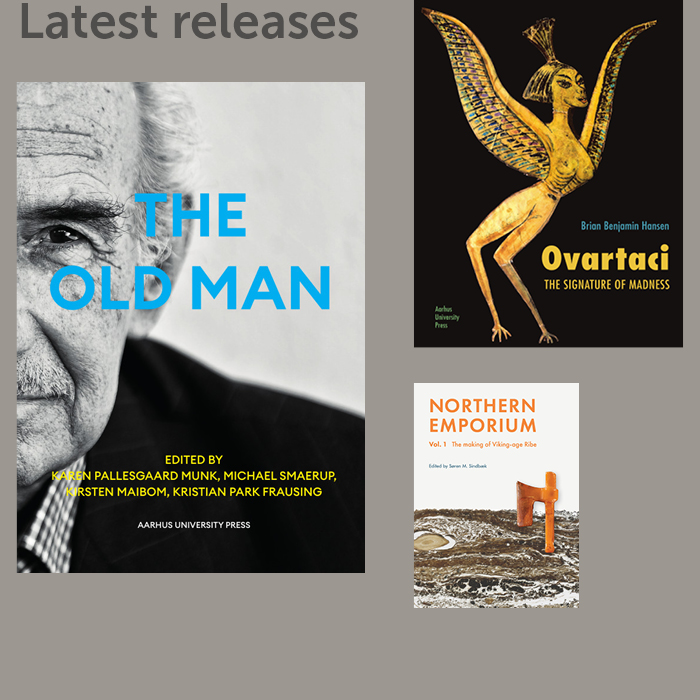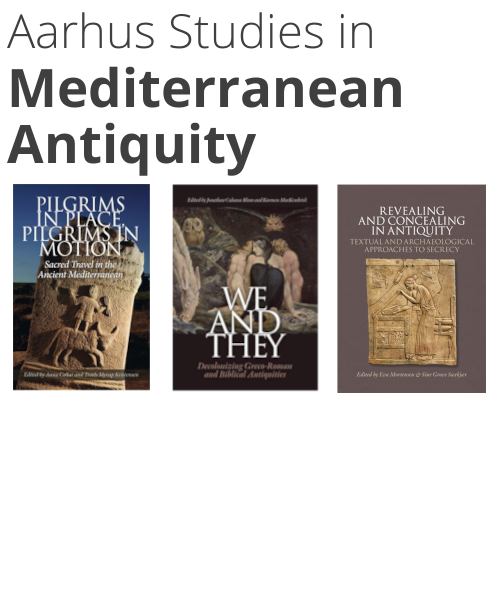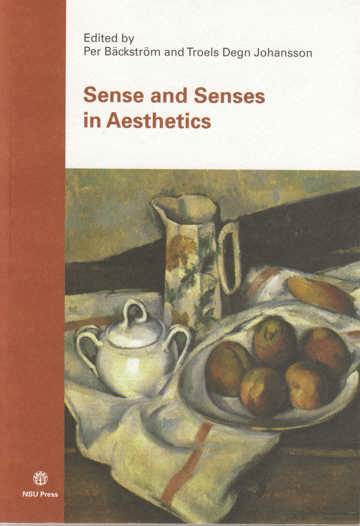
Sense and Senses in Aesthetics
A part of the subject area Art
Out of stock
Edited by
Per Bäckström and
Troels Degn Johansson
More about the book
About the book
Art's relationship to humankind exists, it seems, through the senses. The fact that we have different kinds of art might be associated with the circumstance that we have disparate senses. The differentiation of the senses and the focus on their specificities lead to af focus on the divergent ways in which the aesthetic experience is transmitted. The arts can thus be neccessarily understood as a fundamental plurality, since there is no single way to experience art, but rather several, due to the dissimiliarities among the senses. Accordingly, we tend for instance to distinguish between those arts that lend themselves to the senses of distance (sight and hearing) and the proximate senses of smell, touch and taste.
In art, it has been maintained that the so-called "fine arts" -music and the visual arts - were bases on the distant senses while the "lower arts" - such as perfumery and gastronomy - were associated with the proximate senses. Still, how would we conceptualize differences among art and the senses at all if we lacked a common concept - a sensus communis - of art and sense?
This and similar questions regarding sense and the senses in art and aesthetics are addressed in this anthology. Meditating on philosophy, fine arts, and literature as well as more simply "joys of life", such as cinema, dirte language, and food, the authors of thi book draw upon a wide range of phenomena, none of which is more privileged than the others as such.
Ranging thus quite literally from philosophy to faeces, the reader will find new views on film directors such as Quentin Tarantino, Lars von Trier, and Krzysztof Kieslowski; authors such as Sylvia Plath, Vilhelm Ekelund, Elias Canetti, and Rainer-Maria Rilke; and philosophers such as Jean-Luc Nancy, Friedrich Nietzsche, Peter Sloterdijk, and Michel Serres.
